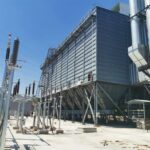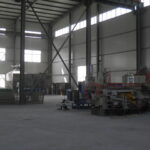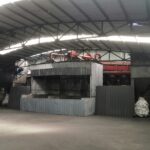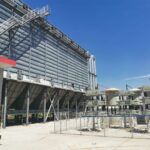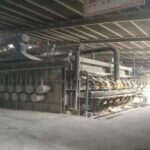Introduction
Cored wire technology is widely used in steelmaking for precise alloy addition, inclusion modification, and desulfurization. Two common types are “pure calcium cored wire” and “calcium-iron (CaFe) cored wire”, each with distinct advantages depending on the steelmaking process. This article compares their properties, applications, and provides recommendations for optimal usage.

1. Pure Calcium Cored Wire
Composition & Characteristics
– Contains “≥98% calcium” in a steel sheath.
– High reactivity but low solubility in molten steel.
– Requires controlled feeding to prevent excessive vaporization.
Applications
– “Deoxidation & Desulfurization”:
– Effective for deep desulfurization in high-grade steel (e.g., pipeline steel, automotive steel).
– Forms “low-melting-point calcium aluminates”, improving castability.
– Inclusion Modification:
– Converts harmful “Al₂O₃ inclusions” into spherical “CaO-Al₂O₃”, enhancing machinability and fatigue resistance.
– Clean Steel Production:
– Preferred for ultra-low carbon and sulfur steels (e.g., IF steel, electrical steel).
Recommendations
– Use in “ladle furnace (LF) or RH degasser”for better absorption.
– Feed at “submerged depths >1.5m” to minimize Ca loss.
– Avoid excessive feeding to prevent nozzle clogging.

2. Calcium-Iron (CaFe) Cored Wire
Composition & Characteristics
– Typically contains “30-35% calcium + 60-65% iron powder”.
– Lower reactivity but better dissolution than pure Ca wire.
– More cost-effective for certain applications.
Applications
– Semi-Killed Steel Processing:
– Suitable for “Si-killed or Al-killed steels” where moderate Ca treatment is needed.
– Inclusion Control in Low-Cleanliness Steels:
– Less aggressive than pure Ca, reducing risk of over-treatment.
– “General Steelmaking (Construction Steel, Wire Rod):”
– Economical choice for steels where ultra-high purity is not critical.
Recommendations
– Ideal for “smaller ladles or shorter treatment times”.
– Can be fed at “shallower depths (~1m)”due to lower vaporization.
– Best for “medium-carbon steels and long products (rebar, wire).”
3. Key Comparison & Selection Guidelines
| Parameter | Pure Calcium Cored Wire| Calcium-Iron Cored Wire|
| Calcium Content | ≥98% Ca | 30-35% Ca + Fe balance |
| Reactivity| High (rapid vaporization) | Moderate (better control) |
| Cost Efficiency| Higher cost | More economical |
| Best for | Ultra-clean steels, deep desulfurization | General steelmaking, cost-sensitive applications |
| Feeding Depth | Deep (>1.5m) | Moderate (~1m) |
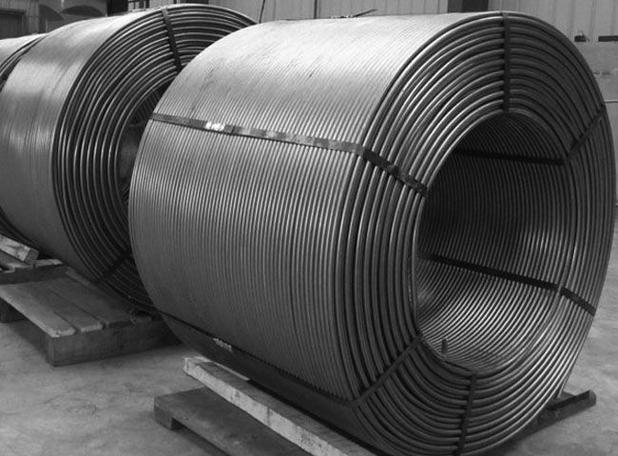
4. Conclusion
Both “pure calcium” and “calcium-iron cored wires” play vital roles in steelmaking, but their usage depends on steel grade, process conditions, and cost considerations.
– “Pure Ca wire” excels in “high-purity steel production” but requires careful handling.
– “CaFe wire” offers a “balanced solution” for general applications with better cost efficiency.

